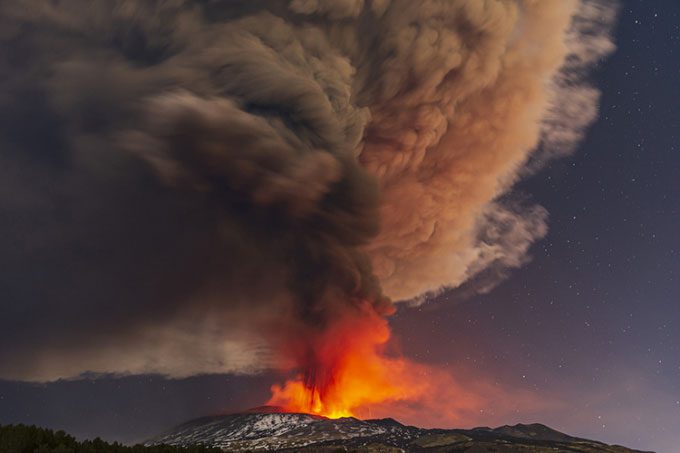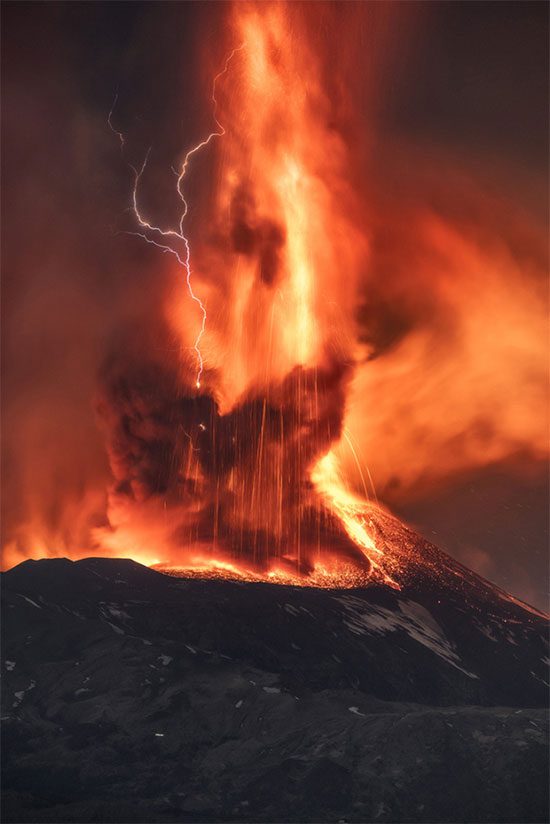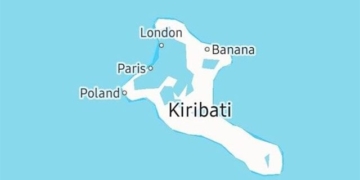Mount Etna Erupts Dramatically, Producing Lightning Over Sicily
According to the Italian National Institute of Geophysics and Volcanology (INGV), the eruption occurred just before midnight on February 10 and did not cause any damage. However, it sent an ash plume soaring up to 10 kilometers into the atmosphere.

Mount Etna erupts vigorously on the island of Sicily, Italy. (Photo: AP)
Etna is one of the most active volcanoes in Europe, though it does not frequently erupt with such intensity. Volcanic storms accompanied by lightning have only been observed a few times at Etna, notably in 2015 and 2021.
Volcanic Lightning and Storm Lightning both form due to particle collisions, but instead of ice particles found in typical storm clouds, volcanic lightning is created by magma particles (sometimes including ice), according to Adam Varble, a storm researcher at the Pacific Northwest National Laboratory.
The collision or fragmentation of rocks and ash generates static electricity within the volcano’s mouth, leading to a phenomenon known as dirty thunderstorms. Convection moisture and ice formation also enhance the eruption dynamics and can trigger volcanic lightning.

Lightning forms within the ash plume and lava of Etna on February 10. (Photo: AP)
Unlike typical thunderstorms, volcanic lightning can occur before any ice crystals form in the ash cloud. Researcher Boris Behnke from INGV adds that this rare phenomenon is more commonly observed in volcanoes located near the sea.
Mount Etna is situated on the eastern coast of Sicily in the central Mediterranean. With a height of 3,357 meters and a coverage area of up to 1,190 square kilometers, it is the largest active volcano in Italy. It lies on the boundary of the converging African and Eurasian tectonic plates.



















































